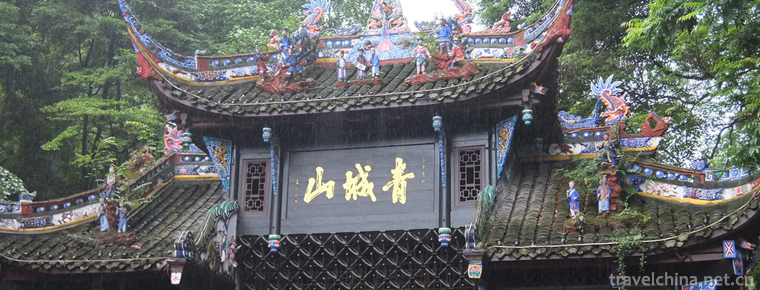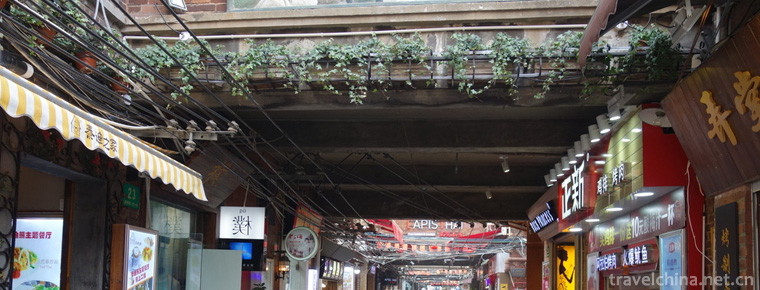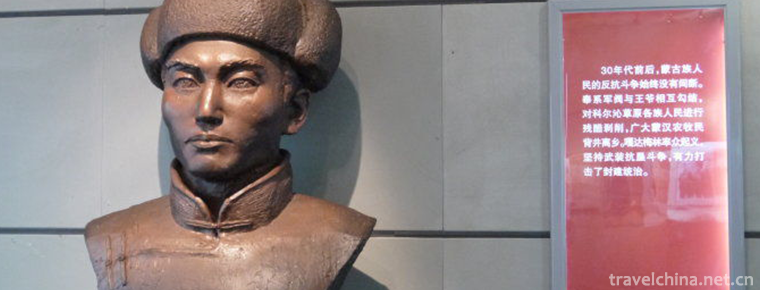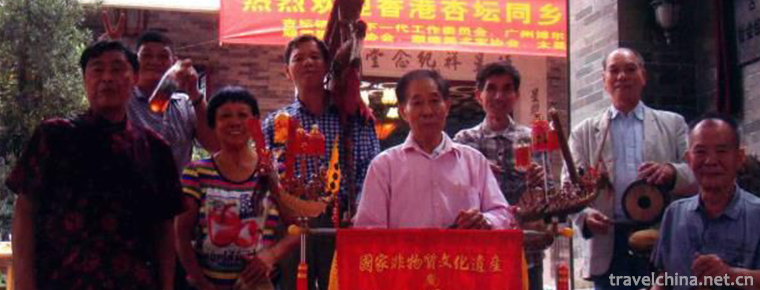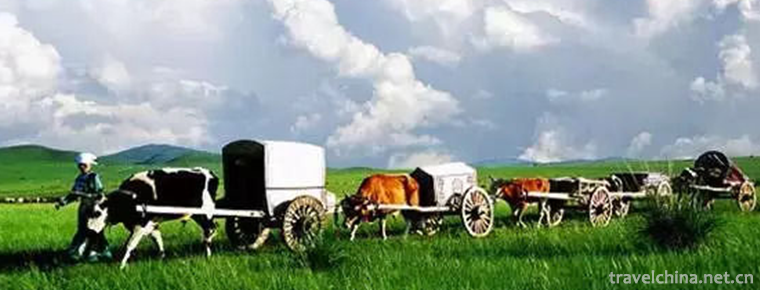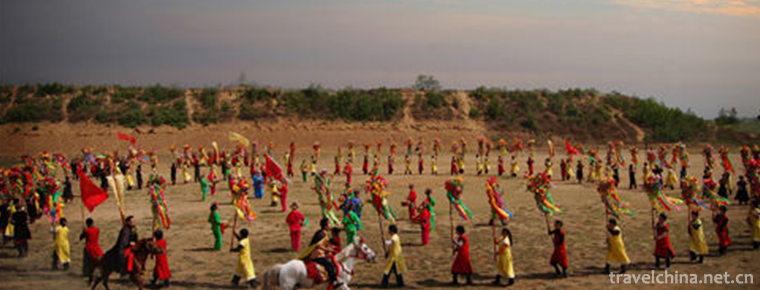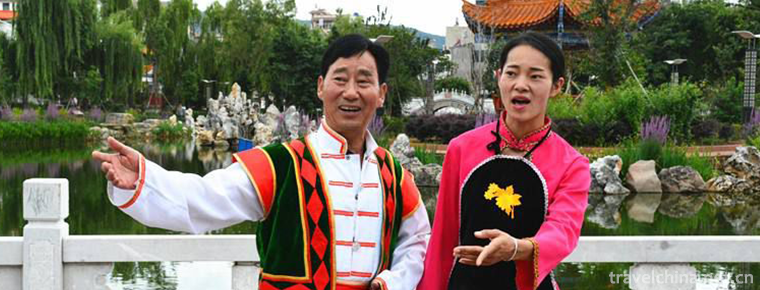The Museum of the Imperial Palace of Manchukuo
The Museum of the Imperial Palace of “Manchukuo†is located in Guangfubei Road, Kuancheng District, Changchun City. It is a Palace Ruins Museum built on the site of the Puppet Manchu Palace. It is mainly responsible for the protection, restoration, utilization, collection, preservation and research of cultural relics and materials of the Puppet Manchu Palace. It also excavates the special historical and cultural connotation of the palace site and holds the museum. Corresponding exhibitions reveal Japan's invasion of Northeast China, enslavement and maiming of the people of Northeast China, and the traitor puppet regime of Puyi, the puppet emperor of Manchu, as well as their sinful acts of loyalty to the Japanese aggressors and the distorted court life at that time, and carry out modern history and patriotic education.
The Puppet Manchu Palace Museum has successively completed the protection, restoration and internal restoration of the main buildings and facilities, such as Qinmin Building, Tongde Hall, Huaiyuan Building, Qixi Building and Dongyu Garden. It has formed an Eastern warning education zone based on the exhibition hall of the occupied history of Northeast China, and a Western rest with the racetrack and the exhibition hall of national culture as the main carriers. The leisure culture exhibition area consists of four major functional areas: the Royal Characteristic Tourist Area with Tongde Dian and Qinmin Building as its core, and the Southern Commercial and Trade Service Area relying on the Antique Art Exchange Center and Royal Palace Food. The Palace Museum of Puppet Manchukuo also has more than 50 basic exhibitions and original exhibitions, such as "From Emperor to Citizen - Life of Aixinjueluo Puyi" and "Forget the History of Japan's Invasion of Northeast China on September 18th".
On May 24, 2007, the Puppet Manchu Palace Museum was awarded as the advanced collective of the national cultural relics system. In 2009, the Puppet Manchu Palace Museum was awarded the fourth batch of national patriotic education demonstration bases. In 2013, the Puppet Manchu Palace Museum was awarded the national key cultural relics protection unit. On May 18, 2017, the Puppet Manchu Palace Museum was awarded the first-class national museum. On October 11, 2018, it was selected as the "National Practical Education Base for Primary and Secondary School Students".
In July 1962, Zhou Yang, then Vice Minister of Propaganda, made an instruction after inspecting the old site of the Puppet Manchu Palace that "Puppet Manchu Palace should be managed by the cultural department to make it a place for exhibiting the first half of the life of the last emperor of China and the crimes of Japanese imperialist aggression against the Northeast".
On December 1, 1962, the Standing Committee of the CPC Jilin Provincial Committee made a decision: "It was agreed to submit the puppet Palace site to the Provincial Bureau of Culture for the preparation of the exhibition hall."
On December 24, 1962, the Puppet Imperial Palace Exhibition Hall in Jilin Province was founded. At that time, it was named as the Exhibition Hall of the Fourteen-Year Crimes of Japanese Imperial Aggression against Northeast China.
On July 28, 1964, the Propaganda Department of the CPC Jilin Provincial Committee and the Jilin Provincial Cultural Bureau decided to co-operate the Puppet Palace Exhibition Hall of Jilin Province with the Jilin Provincial Museum.
On August 16, 1982, with the approval of the People's Government of Jilin Province, the exhibition hall of the Puppet Palace in Jilin Province was restored to its construction system, and the old site of the puppet palace was accepted as the site from Changchun No. 2 Nonmetallic Material Testing Machine Factory.
In 1984, the main buildings in the core area of the Puppet Manchu Palace, such as Qinmin Building and Qixi Building, were successively restored and opened to the outside world. The open area was less than one tenth of the original area of the Puppet Manchu Palace site.
In July 2000, the CPC Jilin Provincial Committee and the Jilin Provincial People's Government decided to assign the old site of the Puppet Manchu Palace to Changchun City for territorial administration.
In February 2001, the Puppet Palace Museum in Jilin Province was renamed "Puppet Manchu Palace Museum".
The Puppet Manchu Palace Museum collects a large number of artistic works such as puppet Manchu Palace relics, Japanese modern and contemporary relics, Northeast modern and contemporary relics, folk cultural relics, modern and representative paintings, sculptures, non-hereditary inheritance works and so on. These include Puyi Diary, Puppet Manchu Ruling Decree, famous Japanese calligraphy, paintings, famous kiln ceramics such as Jiugu, Guodao, Samo in Japan, and precious cultural relics such as steam locomotives produced by Baldwin Locomotive Works in 1889.
On May 24, 2007, the Puppet Manchu Palace Museum was awarded as the advanced collective of the national cultural relics system.
In 2009, the Puppet Manchu Palace Museum was awarded the fourth batch of national patriotic education demonstration bases.
In 2013, the Puppet Manchu Palace Museum was awarded the national key cultural relics protection unit.
On May 18, 2017, the Puppet Manchu Palace Museum was awarded the first-class national museum.
From 2001 to April 27, 2012, the Puppet Manchu Palace Museum was awarded the first batch of national AAAAA-level tourist attractions.
The main function of the Puppet Manchukuo Palace Museum is to expose the sinful acts of Japanese occupation of Northeast China, enslavement and mutilation of the people of Northeast China, and puppet emperor Puyi of Puppet Manchukuo in pursuit of national betrayal and glory, to educate the masses of the people, especially young people, in patriotism and modern history, and to carry out education for the people. The masses, especially young people, have played an irreplaceable role in patriotic education.
Opening Hours
Tickets are sold from 8:30 to 16:10 from May 1 to October 7. The opening time of the pavilion is from 8:30 to 17:20.
Tickets are sold from 8:30 to 15:40 from October 1 to April 30, the following year. The opening time of the pavilion is from 8:30 to 16:50.
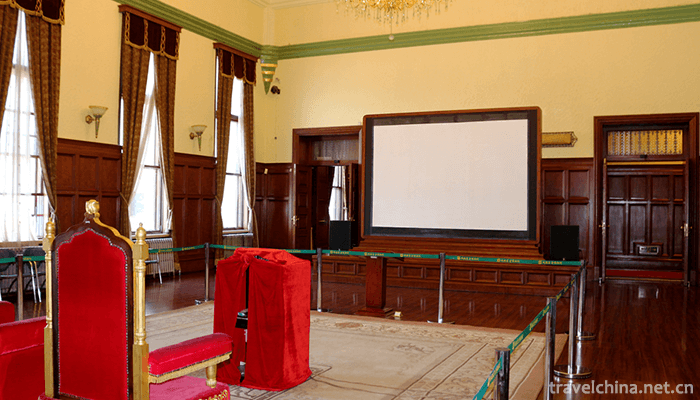
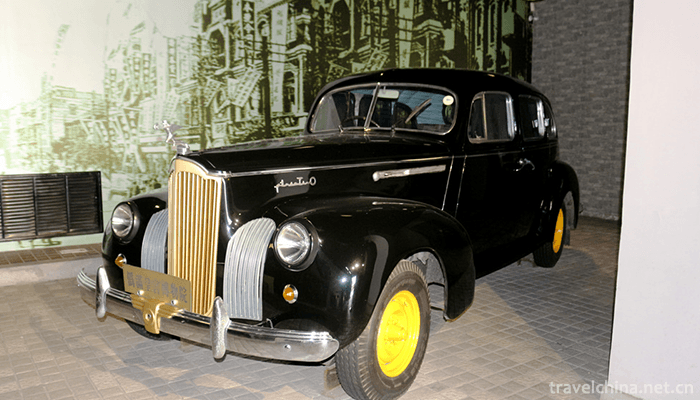
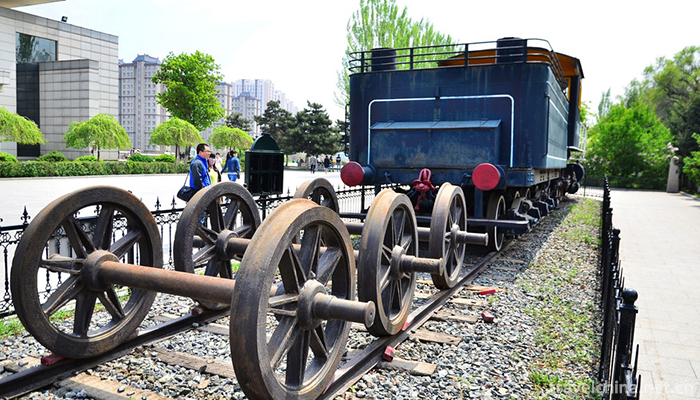
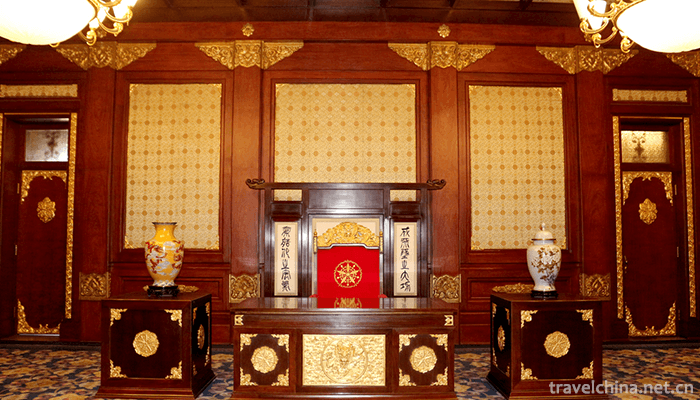
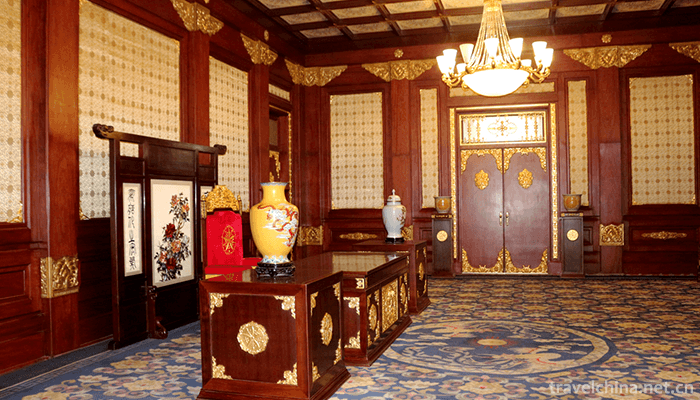
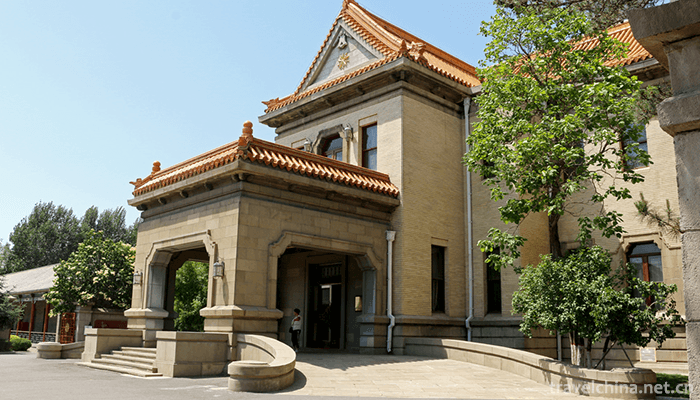
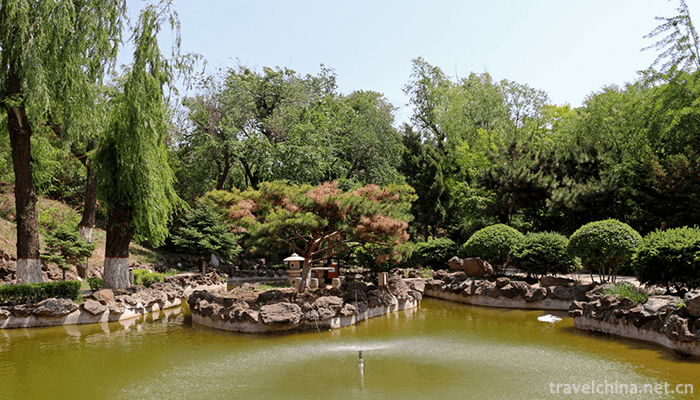
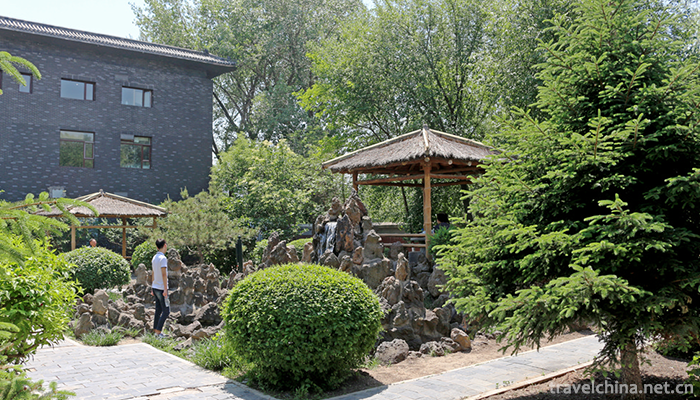
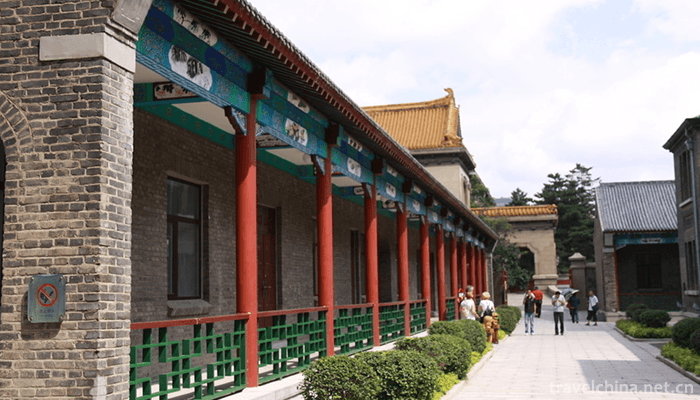
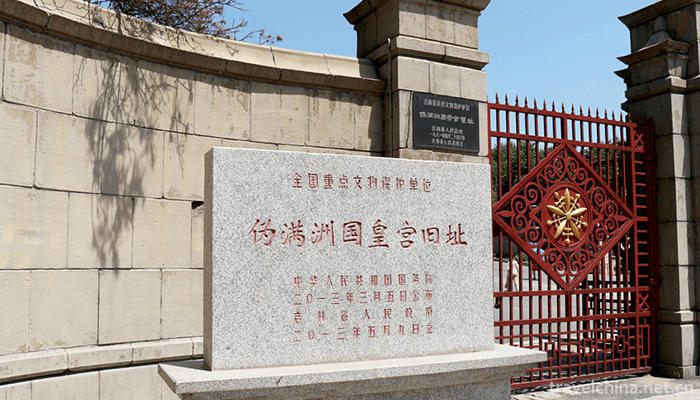
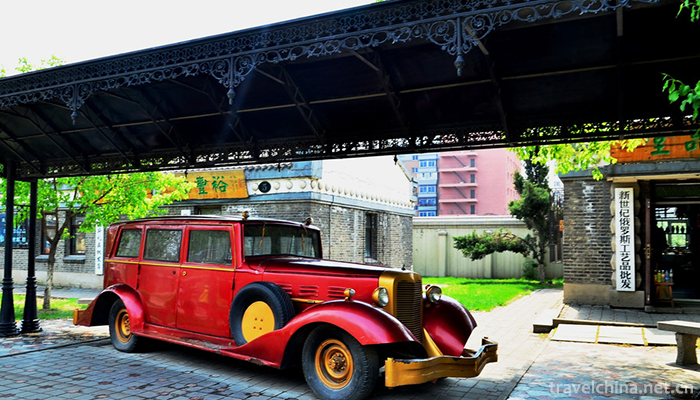
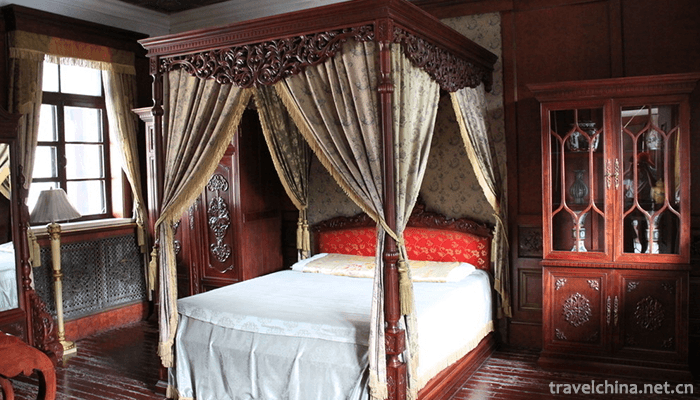
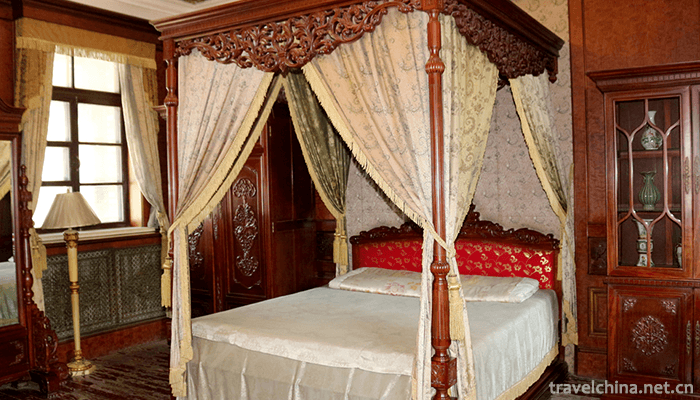
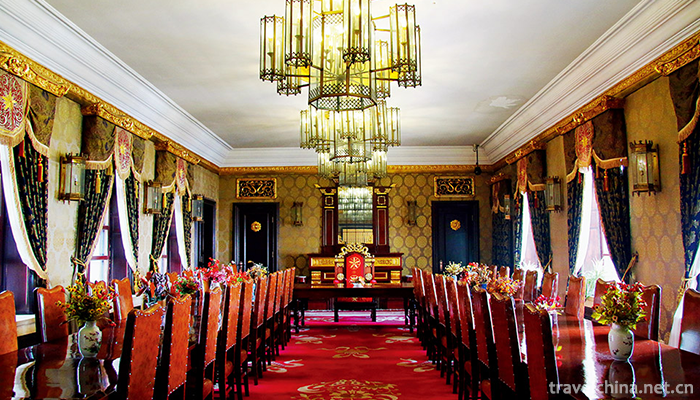
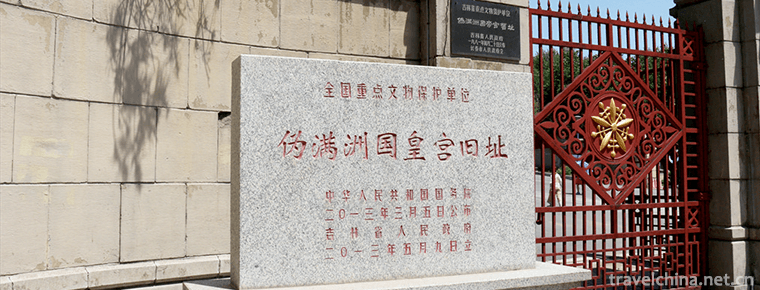
The Museum of the Imperial Palace of Manchukuo
-
Tianzifang
Tianzifang is located in lane 210, Taikang Road, Shanghai, China
Views: 186 Time 2018-10-12 -
Cheng Yang eight Zhai
Chengyang Bazhai is located in Sanjiang Dong Autonomous County, Liuzhou City, Guangxi, 19 kilometers away from Sanjiang County. There are eight natural villages in Chengyang Bazhai, commonly known as
Views: 111 Time 2019-01-05 -
GA Da Meilin
Gadamelin (1892 - April 5, 1931), Mongolian, surname Molettu (translated into Chinese as Meng), Nadamud, Han name Meng Qingshan, also known as Yexi, Mongolian legendary hero. Born in Zhelimu League
Views: 89 Time 2019-04-30 -
Dragon Boat rap
Dragon boat rap, also known as "Dragon Boat", "Dragon Boat Song", "Dragon Island Song" or "Shunde Dragon Boat", is a popular form of folk art in the Pearl River
Views: 144 Time 2019-05-14 -
Production Techniques of Mongolian Lele Car
Lele cart is a cattle cart in Mongolian area, also known as roller cart. Its origin can be traced back to the "Yuan Yuan" recorded in Han Shu. As far back as the Qin and Han Dynasties, the H
Views: 202 Time 2019-06-03 -
Running curtain
Running curtain originated in the Spring and Autumn Period and Warring States Period, formed in the Qin and Han Dynasties, flourished in the Song, Yuan, Ming, Qing Dynasty and the early Republic of Ch
Views: 338 Time 2019-06-09 -
Yao an Bazi Cavity
On June 7, 2008, Yao'an Baziqiang, declared by Yao'an County, Yunnan Province, was listed in the second batch of national intangible cultural heritage list with the approval of the State Council. Heri
Views: 329 Time 2019-07-11 -
University Of International Business And Economics
The University of Foreign Economic and Trade is a national key university directly under the Ministry of Education. The first batch of "211 Project" and the first batch of "double first
Views: 116 Time 2019-09-22 -
Cheongsam production technology
Most of the classical flag dresses have straight lines. The body is loose and the two sides are split. The bust and waist circumference are close to the size of the dress. The appearance of cheongsam is generally required to have all or part of the following characteristics:
Views: 149 Time 2020-12-11 -
Nanchong Sports
By the end of 2019, Nanchong has 37 national youth sports clubs, 5 new national fitness routes and 1623 national fitness routes. Our athletes won 67 medals in national competitions and 288 in provincial competitions.
Views: 130 Time 2020-12-17 -
Dazhou health
By the end of 2019, Dazhou city has 4514 health institutions, including 430 hospitals and health centers, 8 maternal and child health centers (stations) and 8 centers for Disease Control and prevention. There were 35862 beds in health institutions. Am
Views: 364 Time 2020-12-20
